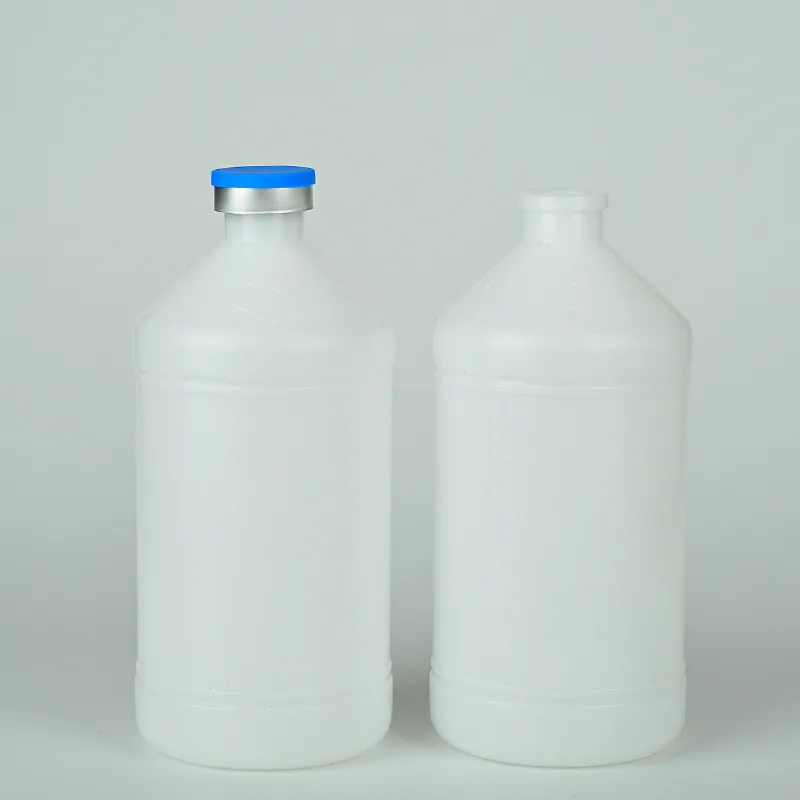what is the test tube used for
Understanding Test Tubes Uses and Applications
Test tubes are fundamental tools in laboratories around the world, utilized in a variety of scientific fields including chemistry, biology, medicine, and environmental science. A test tube is a cylindrical glass or plastic container that is open at the top and closed at the bottom, designed to hold liquids or samples during experimentation and analysis. This versatile laboratory instrument has a wide range of uses that make it indispensable in research and education.
Basic Properties and Design
Test tubes are typically made from glass or durable plastics to withstand a range of temperatures and chemical reactions. The design allows for easy handling and manipulation, with many tubes featuring an optional lip for pouring contents with precision. Standard sizes vary, generally holding anywhere from a few milliliters to several hundred milliliters of liquid. This adaptability in size and material makes them suitable for both small-scale experiments and larger applications in industrial settings.
Applications in Chemistry
In chemistry, test tubes are primarily used for mixing, heating, and cooling substances during experiments. They provide a safe environment for conducting reactions, as the transparent nature of glass or plastic allows scientists to observe color changes and other physical transformations. Test tubes are frequently used in qualitative and quantitative analysis, where precise measurements and reactions are critical. They serve as containers for reagents, standards, and samples, facilitating the study of chemical properties and behaviors.
Biological Studies and Medical Use
In biology, test tubes hold significant importance in experiments involving microbes, cell cultures, and various biological reactions. They are essential for incubating samples, performing dilutions, or conducting biochemical assays. For instance, in microbiology, test tubes are used to culture bacteria, allowing researchers to observe growth patterns and assess antimicrobial effects.
what is the test tube used for

In the medical field, test tubes are crucial for diagnostic testing. Blood samples, serum, and other bodily fluids are often collected in specific test tubes designed to prevent contamination and obtain accurate results. Different additives are used in test tubes to preserve samples or facilitate certain chemical reactions. For example, anticoagulants are added to tubes to prevent blood clotting before analysis.
Environmental Applications
Moreover, test tubes have significant applications in environmental science. They are used to analyze water, soil, and air samples to detect contaminants and assess environmental health. Conducting titrations, measuring pH levels, and performing nutritional analyses in soil samples are common practices that rely on test tubes to provide reliable data for environmental studies and remediation efforts.
Educational Importance
In educational settings, test tubes are a staple of science laboratories, particularly in schools and universities. They provide students with hands-on experience and practical skills in handling materials and conducting experiments. Learning to use test tubes effectively prepares students for advanced study in science and helps them understand fundamental concepts through real-life applications.
Conclusion
In summary, test tubes are versatile tools that play a vital role in multiple scientific disciplines. Their ability to contain and facilitate reactions makes them essential in laboratory environments. Whether in chemistry, biology, medicine, or environmental science, test tubes enable researchers and students alike to explore and discover the principles of the natural world. The ongoing reliance on test tubes underscores their significance in advancing scientific knowledge and technological innovation, bridging the gap between theory and practice.
-
Aesthetic Makeup Spray Bottles | Fine Mist Empty RefillableNewsAug.19,2025
-
White Plastic Veterinary Vaccine Vials | Lab Liquid BottlesNewsAug.18,2025
-
Plastic Medicine Liquid Bottle: Secure Flip Top Drug VialsNewsAug.17,2025
-
Durable 250ml Blue Plastic Vaccine Vial for Lab & Vet UseNewsAug.16,2025
-
Sterile Virus Sample Tubes: Secure & Reliable Specimen CollectionNewsAug.15,2025
-
White 250ml Plastic Vaccine Vial for Lab & Vet MedicineNewsAug.14,2025
























